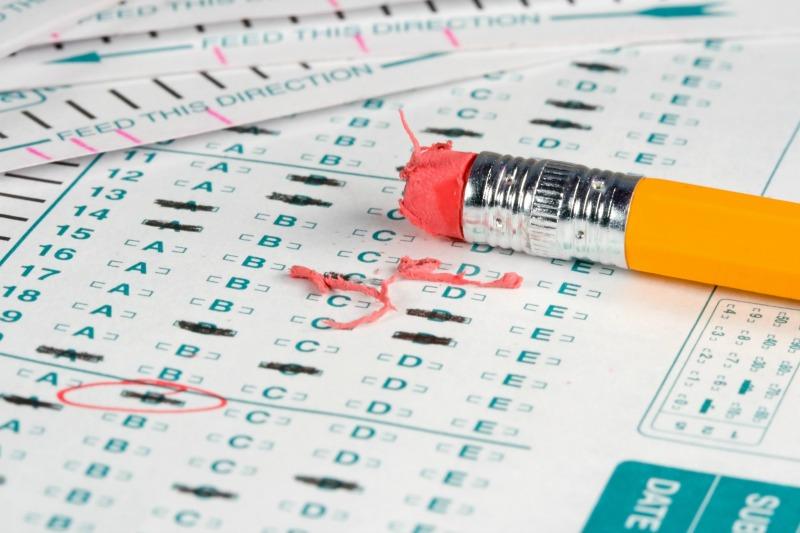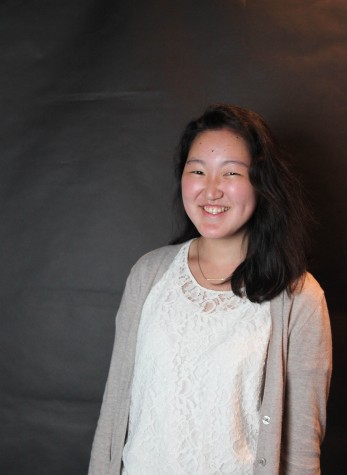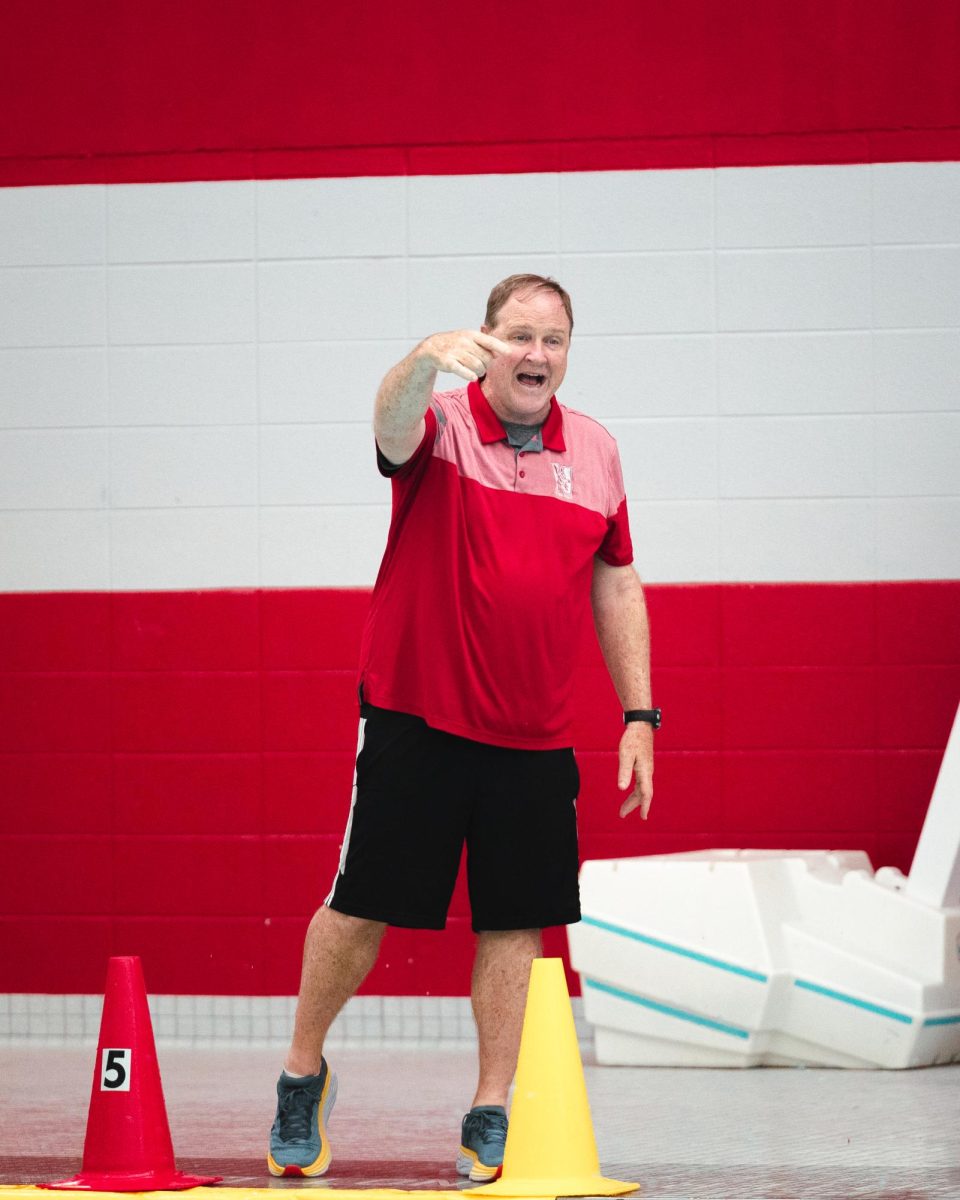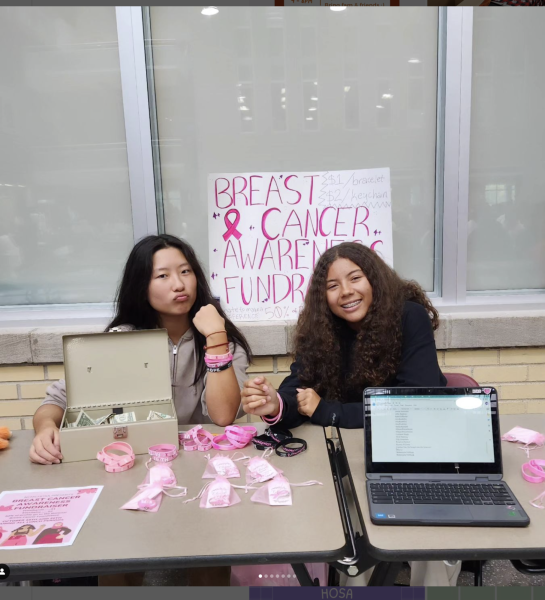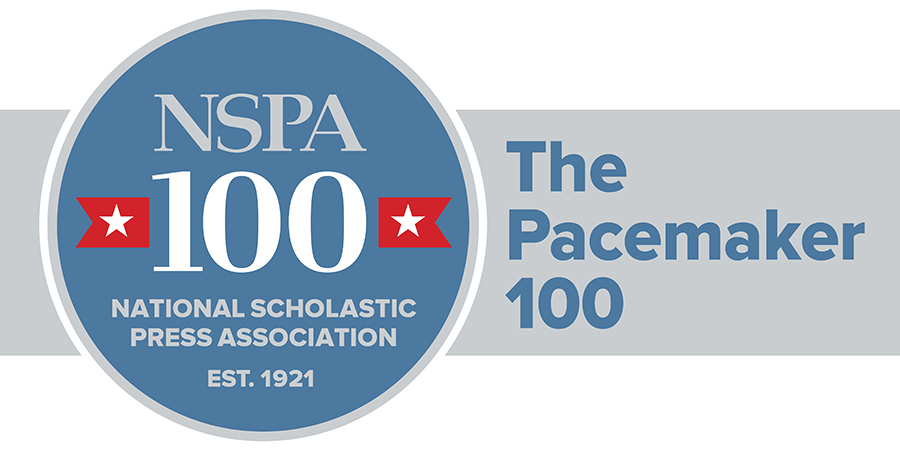Finals: the good, the bad, the ugly
CT reports on students’ opinions on finals, the purpose and the most effective type of finals.
January 1, 2015
As December approaches each year, Naperville Central students are putting up decorations while surrounding themselves with textbooks and notebooks as they not only prepare for the holiday season, but final exam time as well.
Though sophomores, juniors and seniors are familiar with this routine, the end of first semester signifies the freshman class’ first experience with final exams. In addition to a bigger building and more students, final exams are another difference between high school and middle school that freshmen need to adapt to.
“I’ve definitely heard that [finals] are super scary,” freshman Angelina Lee said.
If finals are supposedly so scary, why does Central have them in the first place? Surely the school is in no place to evoke fear in its students.
“Finals are meant to show what [students] know and not only that they know information but also that they can apply it,” said social studies teacher Letitia Zwickert.
The purpose of final exams or projects varies from teacher to teacher depending on their department since different subjects are taught in different ways.
“[Finals are] supposed to show the knowledge [students] have gained throughout the semester,” math teacher Adam Winiecki said. “Do they actually do that? Maybe a little bit. But I think they’re more for going over concepts a second or third time until some of the knowledge sticks.”
Though students are the ones being subjected to three-days worth of evaluation, they too have an understanding of why finals are necessary.
“Finals are meant to assess our participation and our intensity of work at home,” Lee said. “Studying for finals really reflects how you take a challenge like that. For me as a freshman, they also assess how your transition to high school is.”
Rather than being limited to the classic multiple-choice test, teachers have the ability to proctor a variety of different assignments to evaluate students. This gives teachers from different departments the freedom to choose the type of final assessment that is best suited to their subject area.
“In my area, final projects make more sense,” art teacher Chris Hodge said. “It makes more sense for students that are taking a photography class to have photos be the way that [teachers] grade them.”
Another example of a class without a test as its final is International Relations. At the end of first semester, students enrolled in the course had the opportunity to travel to the University of Chicago and take part in a Model United Nations simulation to apply what they’ve learned throughout the course. This trip served as their final exam.
“Simulations are good in that students can see and feel what it’s like to act out their knowledge,” Zwickert said. “However, it’s important to know the benefits of paper-pencil tests as well, because realistically, those are what students are going to encounter in college.”
Projects, exams and simulations all have a curriculum in which they fit in best–certain options aren’t always applicable or beneficial.
“For subjects that are more direct-answer based like math or some science classes, it’s better to have a test where you can have a direct answer,” sophomore Ty Krieger said. “It’s better to have a project for classes that require something more nuance and that require explanation.”
Students who have experienced multiple types of final exams have varying opinions as to which type of final assessment they prefer. While some appreciate the straightforwardness of an exam, others enjoy the experience of working on a project or vice versa.
“Exams just test your memory and your memorization skills, not what you got to do over the course,” senior Caitlin Winckler said. “The hands-on work of doing a project is more useful.”
While final assessments serve a significant purpose, having major tests or projects in every class does have the potential to stress out students. ChildLine, a service that aids children and young adults in seeking advice and information on topics such as sexual orientation, mental health and relationships, reported that 96 percent of students feel stress during exam time.
“There is a lot of stress at exam time,” Hodge said. “I don’t think that’s a bad thing though. It’s good to have that summative piece to reflect on everything students have done throughout the semester and for students to be held accountable for what they’ve learned because otherwise, what’s the point?”
Though overwhelming at times, final exams and projects teach students how to handle stressful situations involving multiple tasks, an important life skill.
“In life, there are those times when you’re going to have many things on your plate,” Zwickert said. “[Students] need to learn how to go through challenges and manage [their] time.”
Students’ work and effort put forth during final exams and throughout the semester doesn’t go unrecognized. In addition to hopefully getting the desired grade, some students find other benefits of final assessments.
“Some finals, especially those for full-year courses that cover both semesters, are a good review for me,” junior Yarger said.
Others, however, don’t feel the same way. For instance, Krieger doesn’t take courses that are especially difficult for him and doesn’t get much out of final exams for that reason.
“I don’t find [finals] that beneficial,” Krieger said. “But I think they are important for the school because they show what [students] learn and what is more important or less important to hold as you keep moving.”
Once testing week finally comes to a close, students are able breathe a sigh of relief, focus on getting into the holiday spirit and take time to recuperate over winter break.



